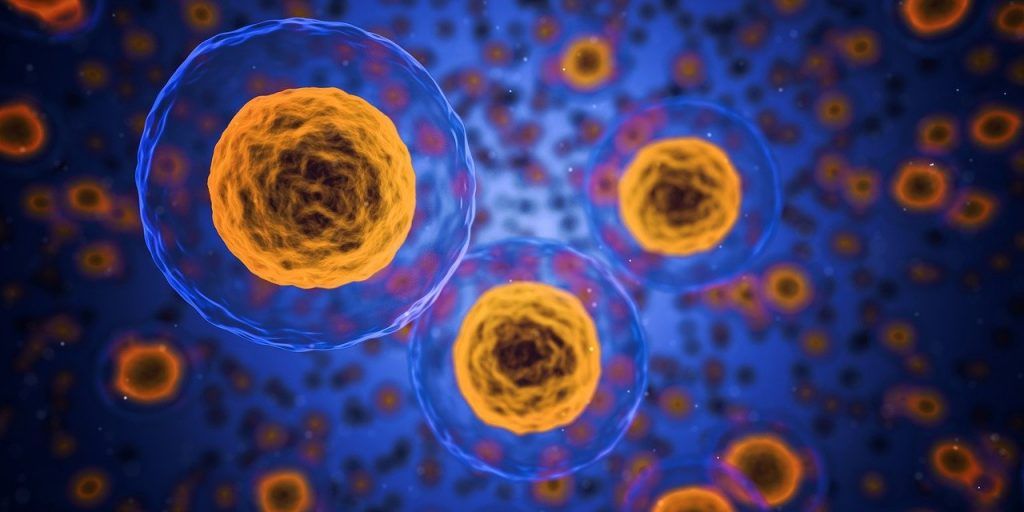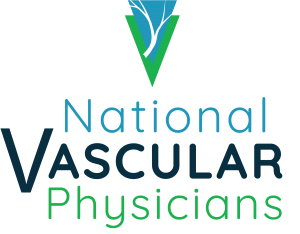
The 5 Most Common Signs of Vascular Deficiency
April 11, 2022
What is Vascular Deficiency?
Did you know that your body is made up of more than 50 trillion cells? Let’s jump right into discussing the different types of cells, their functions, and the possible implications that losing a certain type of cell in your body has on your chances of having vascular deficiency.
Different Types of Cells
Different types of cells perform different functions. For example, red blood cells carry oxygen from the lungs to the rest of your body. When there is a deficiency of a specific type of cell, it can cause an issue with a certain function of the body. Different types of cell loss in the vascular system can have different implications on health. Read on to learn about the 5 most common signs of vascular deficiency.
- Lack of endothelial cells. Your vascular system is made up of cells called endothelial cells. It controls the flow of blood, nutrients, and oxygen to other areas of the body. The endothelial cells are the first line of defense of the vascular system. They are responsible for making the blood vessel walls smooth and strong. If the endothelial cells are damaged or lost, the blood vessels become damaged or weak. This could lead to a number of symptoms, including, but not limited to: poor immunity, reduced red blood cell production, and poor brain function, such as poor memory.
- Lack of smooth muscle cells. Have you ever experienced a muscle cramp? If so, then you may have experienced the lack of smooth muscle cells in the vascular system. While the lack of smooth muscle cells does not directly cause muscle cramps, it does lead to a deficiency of blood flow in the muscles. This could lead to pain, cramps, and decreased function of the muscles. The vascular system is made up of two types of tissue. These are, the endothelial cells and the smooth muscle cells. The endothelial cells control the smooth muscle cells, which is responsible for blood flow. If the endothelial cells become damaged or lost, the smooth muscle cells do not receive enough oxygen and nutrients. This could lead to a number of symptoms, including, but not limited to: pain, cramps, decreased function, and poor immunity.
- Lack of pericyte cells. The pericyte cells are a type of smooth muscle cell that helps form the blood vessels. They are responsible for the blood vessel walls being strong and smooth. If the pericytes are damaged or lost, the blood vessels become damaged or weak. This could lead to a number of symptoms, including, but not limited to: pain, cramps, decreased function, and poor immunity.
- Lack of endothelial progenitor cells. The endothelial progenitor cells are a type of smooth muscle cell that helps form the blood vessel walls. If the endothelial progenitor cells are lost, the blood vessels become damaged or weak. This could lead to a number of symptoms, including, but not limited to: pain, cramps, decreased function, and poor immunity.
- Lack of macrophages. The macrophages are a type of immune cell that helps prevent pathogens from entering your body. If the macrophages are lost, the body becomes more susceptible to pathogens that are outside the body, such as bacteria and viruses. This could lead to a number of symptoms, including, but not limited to: pain, cramps, decreased function, and poor immunity.
What to do if you have a Vascular Deficiency?
Due to the fact that the vascular system is so important for your health, it is important to know how to prevent and treat the signs of vascular deficiency. As we have seen, these signs can occur when there is a lack of certain cells in the vascular system. Therefore, it is important to maintain a healthy vascular system with lifestyle changes and supplementation. Speak with our doctors to discuss the right option for you.



